Here's why you could be eating 3D-printed meat and less rice by 2040, according to food futurists
Artificial intelligence is already used to concoct the flavour profiles of liquor and wine. In 17 years' time, your breath and smart toilets could be telling you what to eat. CNA Lifestyle peers into the proverbial food crystal ball.
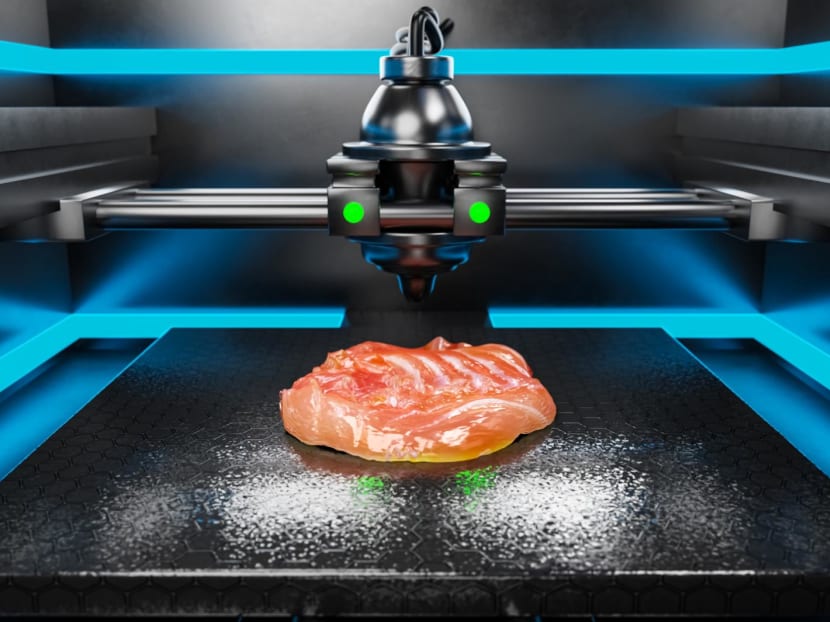
While we won't be getting the pizza hydrator or other gizmos depicted in sci-fi movies, you can expect your meat to be slaughter-free. (Photo: iStock/icestylecg)
For all the augmented reality, metaverse gadgets, and AI-generated art and music that we now have, we have yet to invent those nifty appliances seen in movies such as the Back To The Future hydrator that makes a full-sized pizza in just two seconds. Or the oven in The Fifth Element that churns out a roast chicken big enough to feed a family of four – or one ravenous supreme being.
But what we do have today isn’t half-bad either – and far more palatable-looking than the bugs and grubs depicted in post-apocalyptic sci-fi movies, thank goodness. For instance, lab-grown beef could be bringing us closer to Star Trek’s utopic vision for food than you think, where, if you can dream it, you can eat it – as long as information on the food’s molecular structure is on file.
We’ve also come some ways from 2016’s meat-less beef burger patties. There are now plant-based chicken, pork and even seafood alternatives derived from ingredients such as soy, mushroom, wheat, jackfruit and chickpea. They let vegetarians and those who want to minimise the impact of food production on the environment tuck into siew mai, luncheon meat, chicken katsu, pulled pork sandwiches and tuna sushi with a little less guilt.
FORCES OF CHANGE
The food innovations we see in supermarkets are driven by some very real concerns: Climate change and threats to global food supplies. “For tropical countries like Singapore, we will face harsher and more volatile weather that shape Singaporeans’ lifestyles and work styles,” said Luke Tay, a food systems, sustainability and geopolitical analyst.
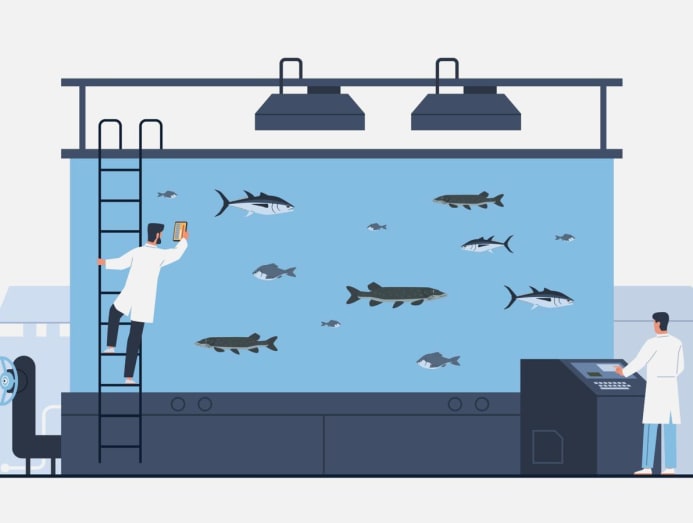
For instance, rising sea levels mean we’ll have to “adapt to living beside, on and with the sea”, and “expect more farmed and sustainably caught seafood and other foods like seaweed to be on tomorrow’s plates”, said Tay, who took part in the recent Deliveroo-commissioned report Snack To The Future, along with global food, science, technology and innovation industry experts.
In fact, the beef rendang, chicken chop, pork belly and fish soup of the future may not even come from livestock.
That’s because “our world is likely to face even greater challenges in terms of food production and environmental sustainability by 2040,” said Yip Hon Mun, a senior adviser on sustainable food technology, who also participated in the report.
Traditional livestock rearing requires “significant amounts of resources, contributes to deforestation and generates greenhouse gas emissions”, said Yip, while unsustainable practices such as overfishing and destructive fishing methods have led to crashing fish stocks in the oceans and imbalances in the marine ecosystems, according to the report.
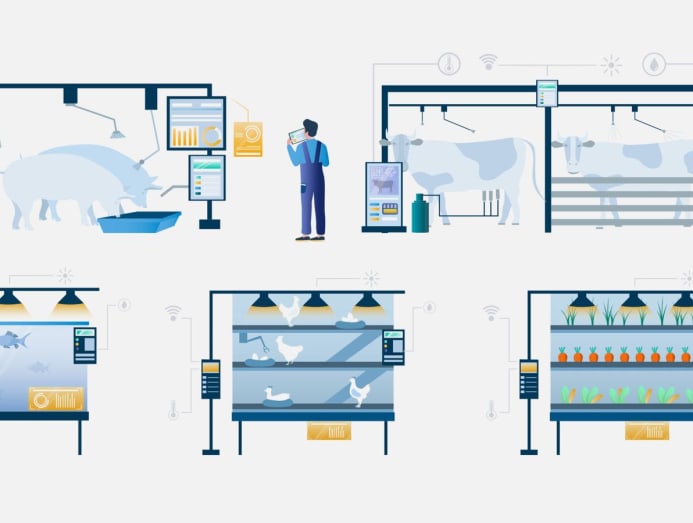
As for the poultry industry, you could say Yip "cried fowl" on its heavy reliance on antibiotics to promote growth and prevent diseases, "which contribute to the rise of antibiotic-resistant bacteria that may pose health risks to consumers”.
Furthermore, COVID-19 and the ripple effects of the Ukraine war have emphasised the importance of self-reliance globally. In Singapore, the government, along with key industry and community stakeholders, have been gearing up to meet the "30 by 30" goal of sustainably meeting 30 per cent of our nutritional needs by 2030.
With just 1 per cent of the country’s land set aside for farming, you won’t just be seeing high-tech urban farms and edible gardens in community gardens. There are also other food innovations that are starting to come into fruition, and become scalable and affordable to Singaporeans by 2040, said Tay.
3D-PRINTED PORK BELLY AND BACON
Other than the plant-based meat alternatives that you already see in supermarkets and on menus, there is also cultured meat created using animal cells. Yip predicted that such lab-grown cultured meat will likely gain wider acceptance by 2040 as the technology matures and becomes more affordable.
“By then, the technology can potentially evolve to a point where consumers can order meat products tailored to their preferences, dietary needs, and cultural preferences,” he said.
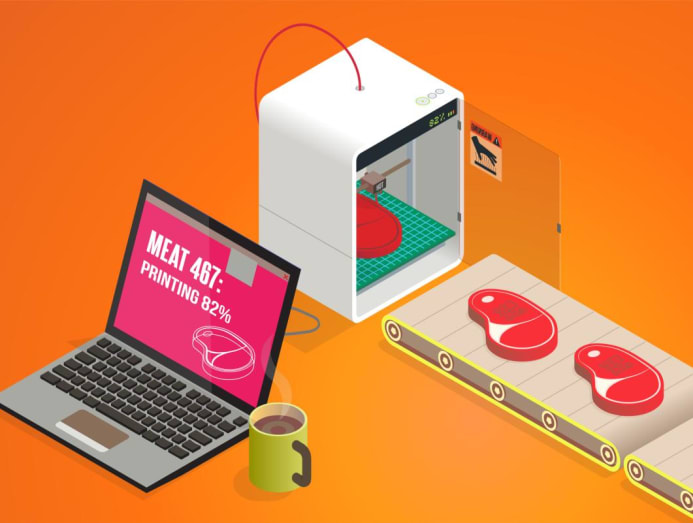
There are two ways meat can be cultured, said Yip: 3D printing and edible scaffolding. In the first method, fat and muscle cells are printed individually and subsequently “grown” into a cohesive piece of meat.
The second method coaxes cells to form a three-dimensional structure that allows layered fat and muscle tissue to develop. Recently, researchers from the National University of Singapore (NUS) have developed a plant protein ink that creates scaffolds to grow meat in a more cost-effective way. According to the report, this edible ink is made up of grains such as maize and barley.
The NUS team managed to cultivate pig muscle stem cells on the scaffold and incorporate beet extract to simulate the colour of pork. Within 12 days, the cultivated meat has a similar texture and overall appearance to real pork.
This means you could decide how much marbling you want for your piece of wagyu beef or as Yip puts it: “My favourite pork belly and bacon can now be 80 per cent plant-based with 20 per cent cultivated fats”.
Not only that, cultivated meat allows for the precise addition of nutrients such as vitamins, minerals and omega-3 fatty acids without introducing additives and antibiotics, he said.
LESS RICE IN THE FUTURE?
Did you know that there are more than 50,000 varieties of edible plants worldwide but only 15 plants contribute to 90 per cent of the world’s energy intake? Rice, corn and wheat make up two-thirds of them, while the rest consists of grains and tubers such as millet, sorghum, potato, cassava, yam and taro.
Unfortunately, the cultivation of some of these staple foods such as rice isn’t sustainable in the long run. “Paddy rice cultivation involves flooding rice fields, which cuts off the oxygen supply from the atmosphere to the soil, leading to anaerobic fermentation of organic matter and the release of methane, a major greenhouse gas,” said Tay.
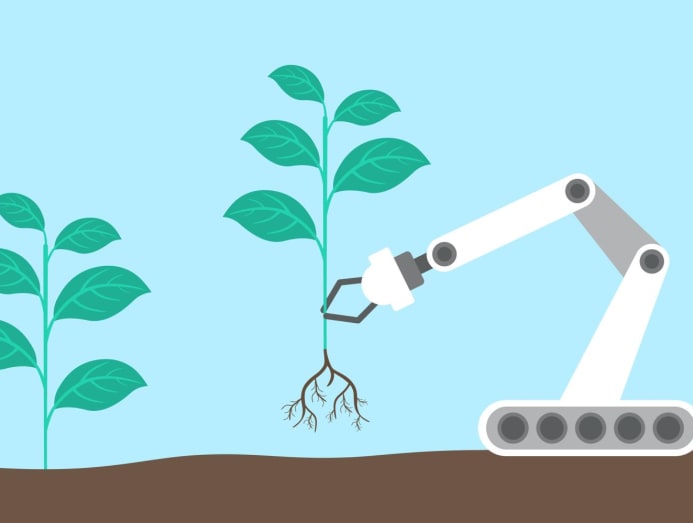
And it’s not just rice. Many of today’s plant varieties such as grapes, coffee, cocoa, avocados, potatoes and bananas, might not be available tomorrow because they are unable to withstand climate challenges, he said.
According to the report, the global genetically modified seeds market is projected to rise from S$26.7 billion in 2018 to S$88.5 billion in 2040. So, there might also be a surge in new edible plant species that are resistant to diseases, pests, herbicides and droughts, salt water-tolerant and more adaptable to extreme temperatures.
“Alternative ingredients that we will see appear more in Singapore and the region include petai, jackfruit, cowpea, arrowroot, azuki bean, buckwheat, amaranth and other variants of Asian yams and beans. These potentially mainstream ingredients will need less water to grow and sustain, which makes them a good choice for an increasingly drought-prone world,” said Tay.
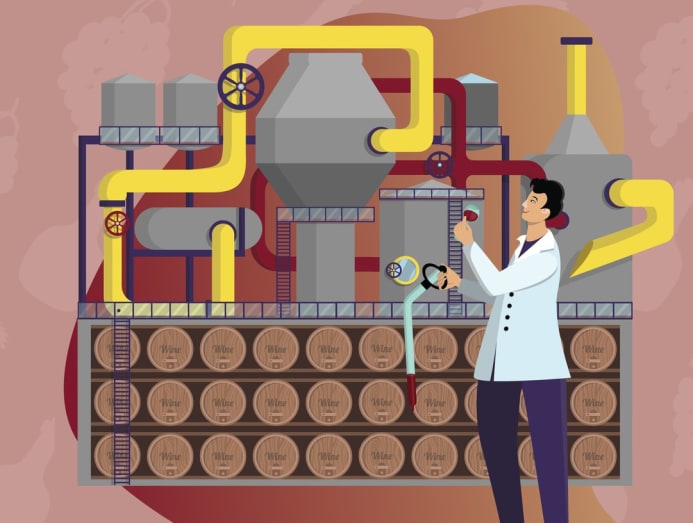
VITAMIN-FORTIFIED ALCOHOL-FREE WINES
AI or artificial intelligence isn’t only used in Chat GPT and the digital assistant on your smartphone. Back in 2021, Swedish distillery Mackmyra Whisky had already created the world’s first AI-generated whisky based on the data gleaned from customers and their master blender.
The technology was also adopted for gin by UK-based Circumstance Distillery in 2019. Nicknamed Ginette, the AI created a new recipe from analysing thousands of gin recipes and botanicals – and even helped with the copywriting and label design for the new gin that it has named Monker’s Garkel. It’s just short of making a gin and tonic for you.
What can we expect from our favourite tipple by 2040? According to the Snack To The Future report, we could be pairing our lab-grown steak with “alt-ohol beverages" that are formulated to mirror the dryness and depth of wine but fortified with vitamins and nutrients. With the non-alcoholic wine market predicted to be worth S$12.9 billion, toasting to good health with a glass of alternative sauvignon blanc may soon be on the cards.
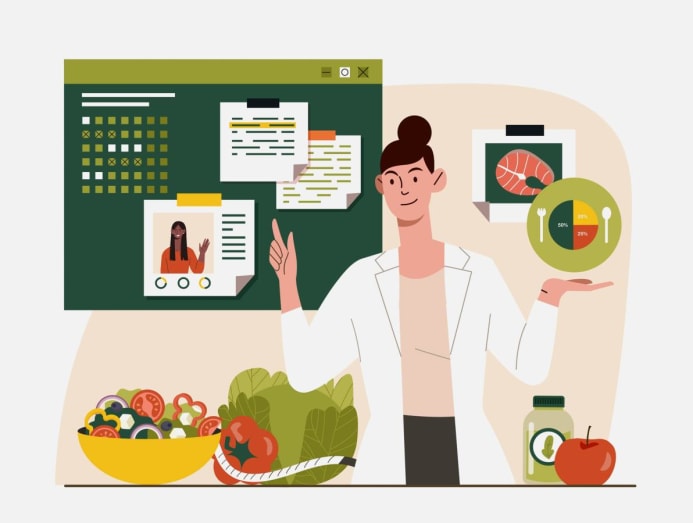
WHEN IT’S ALL ABOUT ME-GANISM
Beyond going vegan or keto, the next big thing is the hyper-personalisation of your diet dubbed me-ganism, according to the report. Using AI technology, your meals can be customised to suit your nutritional, physical, mental and social needs and even environmental goals.
“In addition to considering affordability, taste and nutrition, customers will have the option to select sustainably sourced food or customise their meat to align with their ethical and environmental standards,” said Yip.
And they’re not just talking about personalising your menu options (for instance, recommending dishes for your evening meal to help you sleep better). Potentially, by 2040, you can also combine information and receive personalised diet recommendations from gadgets such as a smart toilet to detect illnesses or a poor diet, and smart scales that perform more robust full-body analyses.
Another concept that contributes to me-ganism is the potential use of your breath to diagnose your dietary needs, noted the report. Already, the technology exists in diagnostic tools dubbed electronic noses that can pick up compounds in your breath to diagnose lung cancer and hone in on the type of asthma you have. Breathprints, much like fingerprints that are unique to you, could be used to ensure that what people eat has the optimal impact on their individual mood, energy, strength and weight.









